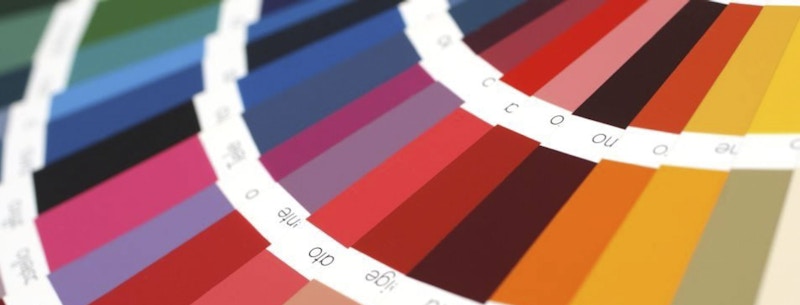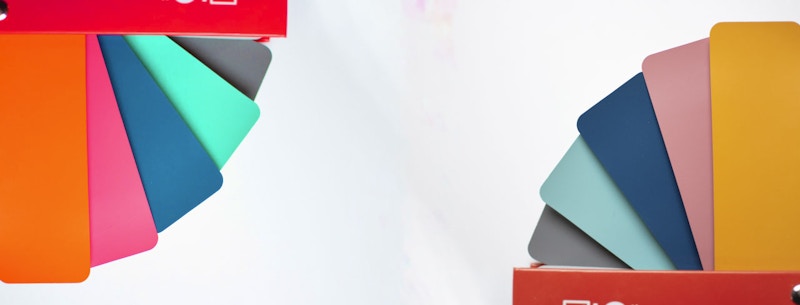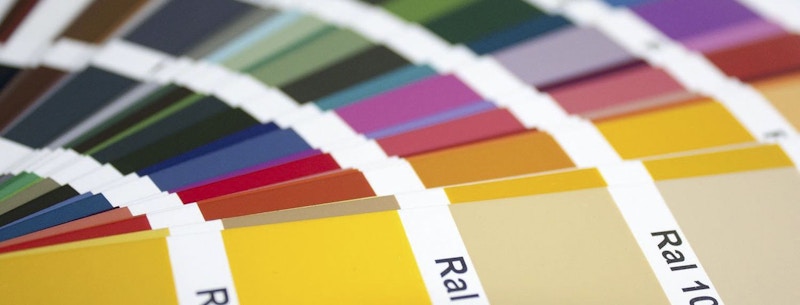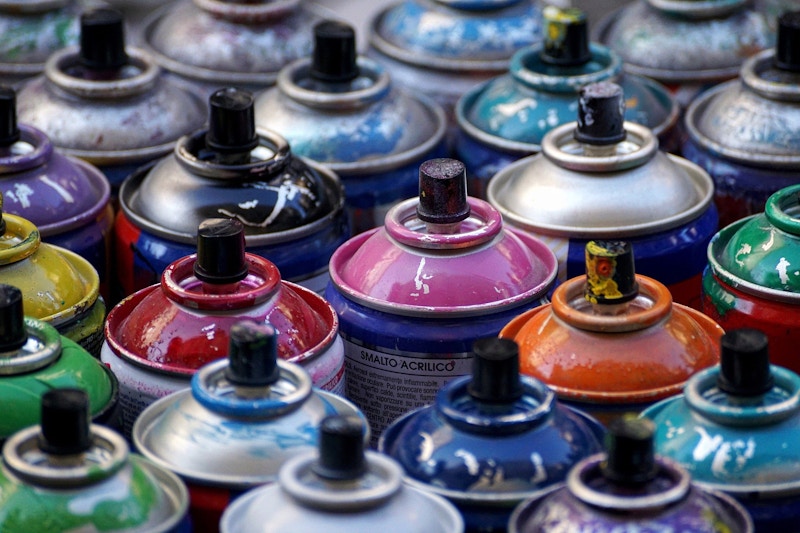So how did this all start?
In 1927 the snappily named Reichs-Ausschuß für Lieferbedingungen und Gütesicherung invented a collection of forty colours under the name of “RAL 840”. Prior to that date manufacturers and customers had to exchange samples to describe a tint, whereas from then on they would rely on numbers. This made quality more standardised and companies could prepare batches in advance, manufacture more easily and clients would get considerably more consistency.
In the 1930s the numbers were changed to four digits and the collection was renamed to “RAL 840 R” (R for revised). Tints were constantly added to the collection until it was revised again in 1961 and changed to “RAL 840-HR”, which consists of 210 colours and is in use to this day. In the 1960s the colours were given supplemental names to avoid confusion in case of transposed digits.
As “RAL 840-HR” covered only matte paint the 1980s saw the invention of “RAL 841-GL” for glossy surfaces, limited to 193 colours. In 1993 a new colour matching system was introduced, tailored to the needs of architects, designers and advertisers. It started with 1,688 colours and was revised to 1,625 colours and now 1825 colours. The colours of RAL Classic and RAL Design do not intersect.



